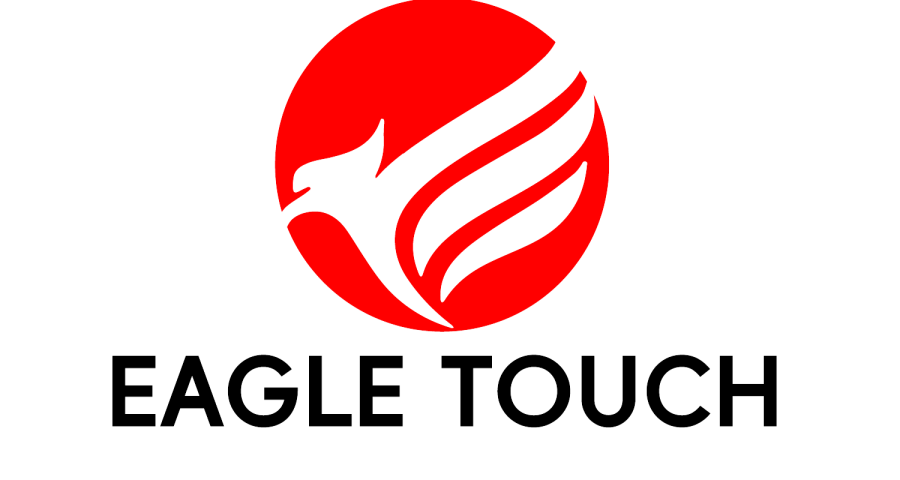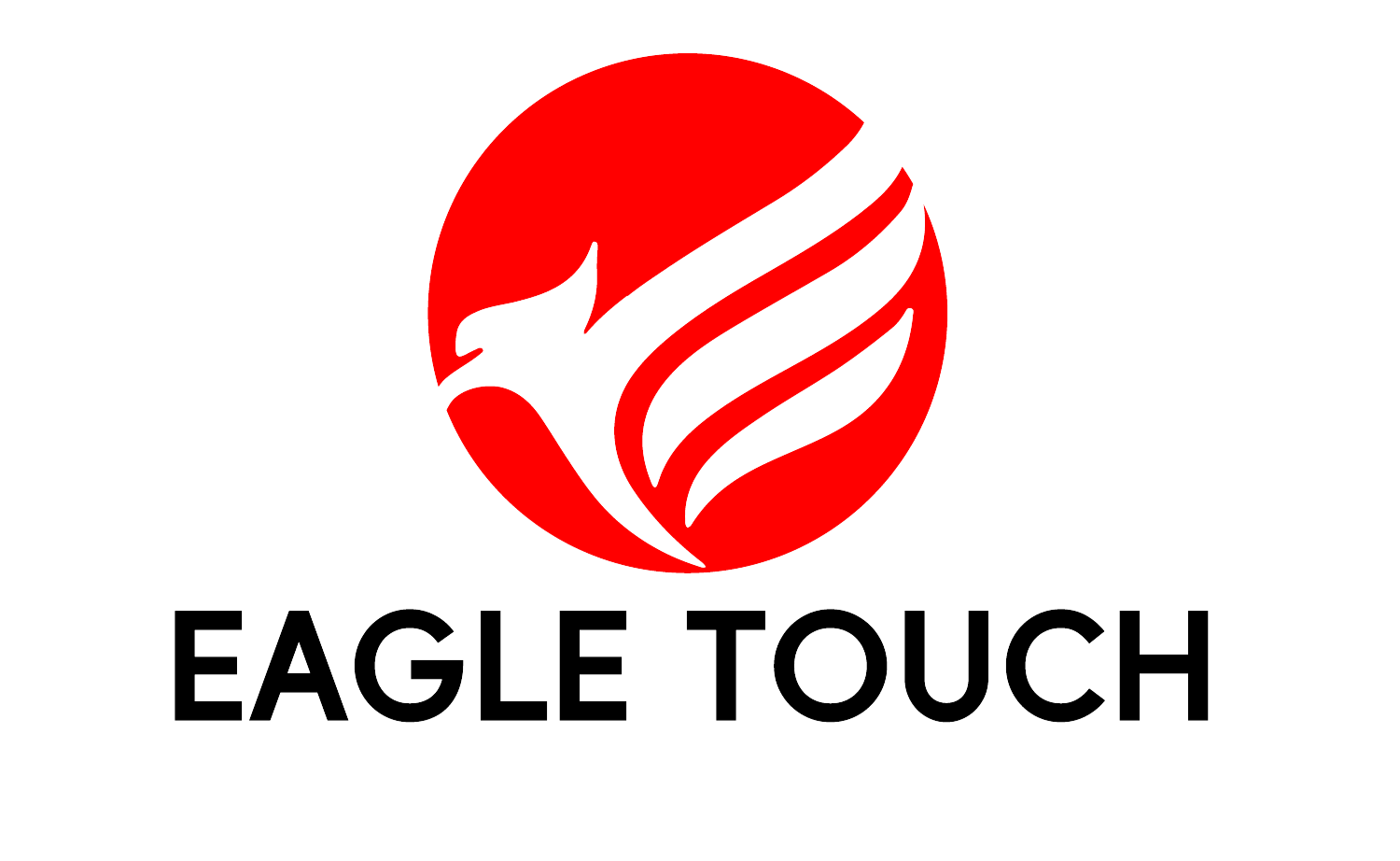
In the rapidly evolving world of interactive technology, touch screen monitors stand at the forefront, revolutionizing how we interact with digital devices. From industrial applications to consumer electronics, the demand for reliable and efficient touch screen technology is ever-growing. Eagle Touch, as a leading provider of top-quality touch screen solutions, offers an insightful exploration into the five primary types of touch screen technology. This guide is designed to help procurement officers and computer display distributors make informed decisions based on quality, functionality, and application-specific needs.
1. Resistive Touch Screens
Resistive touch screens are known for their versatility and cost-effectiveness, making them a popular choice for a wide range of applications. This technology employs two transparent layers separated by a small gap. When touched, the layers connect at the point of contact, creating an electrical circuit that the device interprets. Resistive screens can detect input from a finger, stylus, or any other object, offering a high level of accuracy. However, they tend to offer lower clarity than other types and are less responsive to light touches.
Key Advantages:
- Cost-effective
- High precision
- Versatile input compatibility
Ideal Applications:
- Industrial controls
- Point-of-sale systems
- Medical devices
2. Capacitive Touch Screens
Capacitive touch screens, utilized extensively in consumer electronics, operate on the electrical properties of the human body. This technology features a glass panel coated with a conductive layer that detects touch through the disturbance of the screen’s electrostatic field. There are two main types: surface capacitive and projected capacitive touch (PCT or PCAP), with the latter offering multi-touch functionality and better durability.
Key Advantages:
- High sensitivity and responsiveness
- Multi-touch capabilities
- Superior image clarity
Ideal Applications:
- Smartphones and tablets
- Interactive kiosks
- Automotive displays
3. Infrared Touch Screens
Infrared touch screens employ an array of IR LEDs and photodetectors around the edges of the screen, creating an invisible grid of infrared light. When an object interrupts the grid, the screen registers the touch. This technology is prized for its scalability and excellent image clarity, as it does not require an overlay that can diminish screen quality.
Key Advantages:
- Scalable to large sizes
- Unaffected by external light sources
- High durability and longevity
Ideal Applications:
- Large-format displays
- Outdoor kiosks
- Educational whiteboards
4. Surface Acoustic Wave (SAW) Touch Screens
Surface Acoustic Wave technology relies on ultrasonic waves that pass over the touch screen surface. When a finger touches the screen, it absorbs a portion of the wave, registering the touch. SAW touch screens are renowned for their high clarity and responsiveness. However, their sensitivity to external elements like dust and water can be a drawback in certain environments.
Key Advantages:
- Superior image clarity
- Excellent touch responsiveness
- Long-term durability
Ideal Applications:
- Museum displays
- Medical monitors
- High-end retail kiosks
5. Optical Touch Screens
Optical touch technology uses cameras placed at the corners of the screen to detect touch. When an object touches the surface, the cameras calculate its position based on the shadows cast. This technology is highly scalable and can detect multiple touch points simultaneously, making it suitable for large displays.
Key Advantages:
- Supports multi-touch
- Scalable to very large sizes
- Cost-effective for large screens
Ideal Applications:
- Interactive digital signage
- Educational technology
- Large-scale interactive installations
Choosing the Right Technology for Your Application
Selecting the appropriate touch screen technology requires a comprehensive understanding of your application’s specific needs, including environmental conditions, user interaction methods, and display requirements. Eagle Touch specializes in providing customizable touch display solutions tailored to your unique requirements, ensuring optimal performance, durability, and user experience. Whether you’re integrating touch screens into industrial panel PCs or crafting the next generation of consumer electronics, understanding these technologies is crucial for making informed decisions.
For bespoke touch screen solutions tailored to your application, reach out to Eagle Touch. Our expertise in advanced touch technologies and dedication to quality will help you navigate the complexities of interactive displays, ensuring your product stands out in the competitive market.





